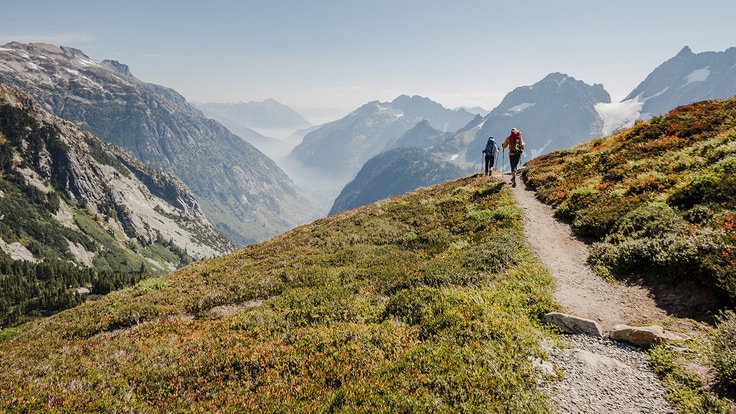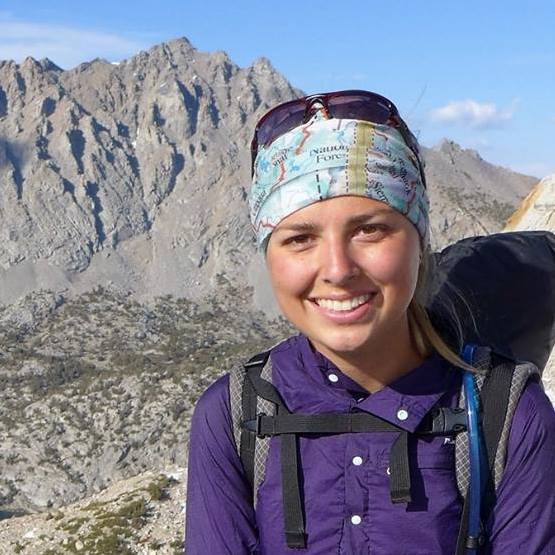Many of us who are backpackers (or readers or moviegoers) inevitably wonder what it would be like to thru-hike one of America's legendary trails: the Appalachian Trail (A.T.) or the Pacific Crest Trail (PCT).
Is it an impossible dream? If you can put one foot in front of the other, day after day, the dream is utterly attainable. If you're contemplating the adventure, this article offers an overview of key thru-hiking topics:
- The definition of a thru-hike and the variations
- The challenges: physical, mental and financial
- The planning process: itinerary and food
- The community: your hiking family and trail angels
- Your gear: weight and durability
- Thru-hiker speak: terms to know and love
What Is Thru-Hiking?
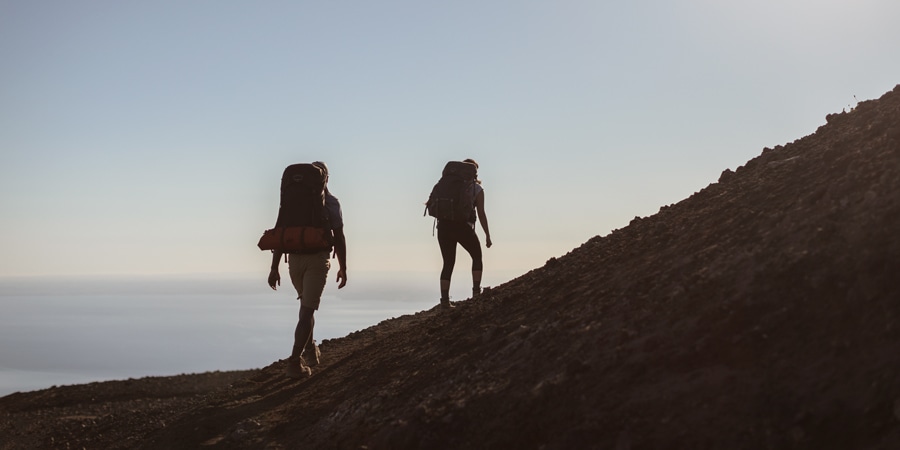
What makes a hike a "thru-hike"? Essentially, a thru-hike is an end-to-end backpacking trip on a long-distance trail like the A.T. or the PCT. More than 2,100 miles long, the A.T. runs from Georgia to Maine, while the PCT, at more than 2,600 miles long, runs from Mexico to Canada.
The newest trail in this class is the Continental Divide Trail (CDT), which rambles for more than 3,100 miles along the crest of the Rocky Mountains. Rugged, remote and having long trail-less stretches, it's not recommended for first-time thru-hikers. To learn more about it, read our article about the CDT.
Variations of Classic Thru-Hikes
As the popularity of these trails has soared, alternatives have evolved. For many people it's simply not possible to commit more than five months to a thru-hike. Purists might say that the options listed here aren't true "thru-hikes," but the definition of the term is hardly set in stone. Thru-hiking is ultimately about challenging yourself: How you define that challenge is up to you.
Pick a shorter trail: A trail like the Superior Hiking Trail meanders more than 300 miles along Minnesota's Lake Superior shoreline. Your time commitment is a little less than a month. You can find dozens of similar-length trails around the country.
Consider "section hiking": Some hikers do a single section of a classic thru trail. The John Muir Trail, for example, is a spectacular 211-mile stretch of the PCT. Section hiking is also a strategy to knock off the full length of a trail like the PCT, but to accomplish that feat over several hiking seasons.
"Flip flop" to complete a classic thru-hike in a nonclassic way. You'll hike the full trail in non-sequential sections, starting somewhere in the middle. (A true flip flop also has at least one section that's hiked in the opposite direction.) The upside to this approach is avoiding the throngs of hikers who follow a classic end-to-end scenario. You can also strategically flip flop to avoid severe weather. The downside to flip flopping is that your trail and transportation itineraries are more complicated.
Thru-Hike Challenges
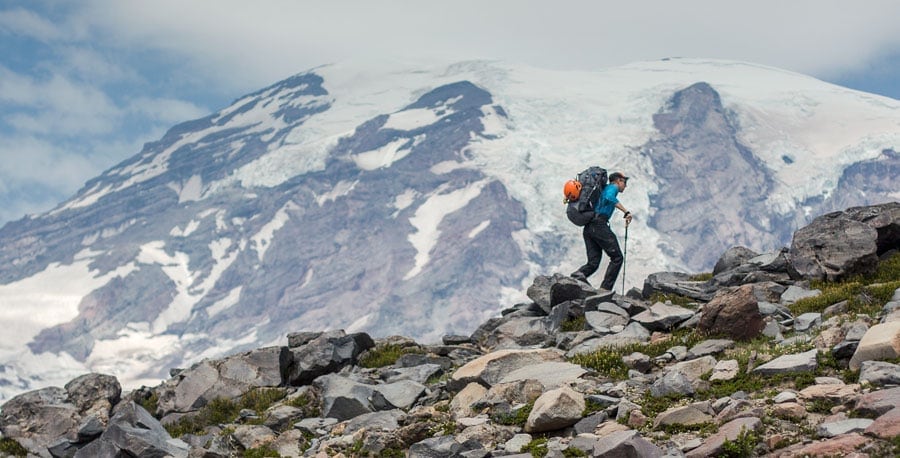
If you embark on a thru-hike, then the obstacles that arise over the course of that half-year endeavor will test your resolve on many occasions and in many ways.
Mental Challenges
Most thru-hikers are solo hikers. Even though A.T. and PCT hikers meet and camp with many other hikers along the way, you need to be at ease with your own company. At some point, the Zen of solitude can become out-and-out loneliness.
It's also possible that, after several hundred miles, you'll begin to question why you wanted to do this thing in the first place. You might even think about calling it quits.
Strategies:
- Remind yourself that any great challenge has moments of soul searching. Realize that days when you contemplate quitting are a natural and inevitable part of the journey. Remember: Never quit on a bad day.
- Do some solo trips beforehand: You need time to transform the fear of being utterly alone into the joy of being utterly free.
- Embrace frivolous opportunities: Fun and unexpected adventures in trailside communities can be every bit as valuable as simply resting for a day.
- Focus on intermediate goals. It could be a peak, an iconic national park or even a state line. Checking these off along the way fuels your sense of accomplishment and divvies the journey up into attainable milestones.
Physical Challenges
Just looking at the numbers on the PCT paints the picture well: More than 2,650 miles of hiking with a total elevation gain of just under 500,000 feet. The A.T. will have similar stats.
Other physical challenges include everything from blisters to major injuries and Lyme disease to altitude sickness. You need to prepare for all of these and will undoubtedly have to overcome at least some of them.
Strategies:
- Train for your adventure ahead of time. Supplement your training by going on a lot of backpacking trips before your thru-hike. While nothing can truly prepare your feet for the burden they'll bear, you can toughen them up by carrying the same weight on your shakedown hikes as you plan to have on your thru-hike.
- Take a first-aid course and double-check the contents of your first-aid kit.
Financial Challenges
For starters, you'll be off work and without a paycheck for half a year. And, though you won't be spending a lot of money on gas or lodging, budgeting for the trip can be a challenge. Major expenses include gear and food, with the cost of a thru-hike varying from as little as $1/mile to $8,000 dollars for a spare-no-expense budget.
Your strategy for the financial challenge is research, and lots of it.
The Planning Process
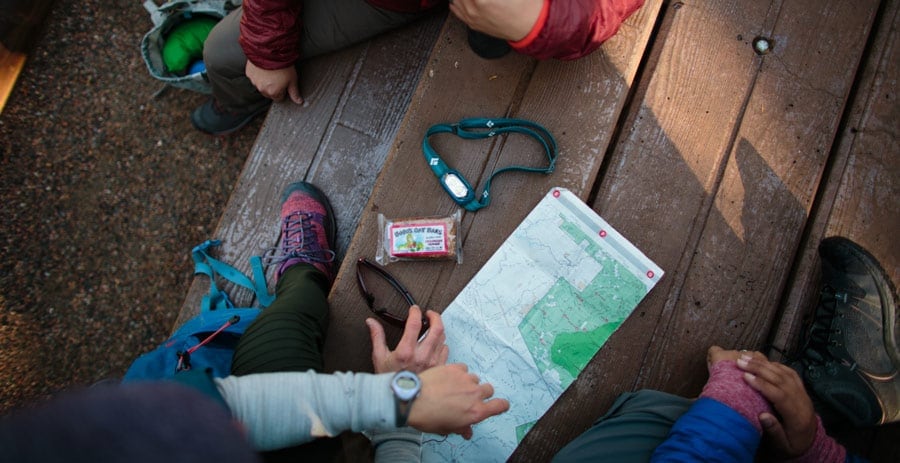
You're planning a major expedition. Most experts say you should set aside even more planning time than actual hiking time. Embrace planning as part of the excitement and begin the process eight months or more ahead of time.
Our articles on the A.T. and PCT can help, as can classes at your local REI store. Also be sure to visit the websites for the Pacific Crest Trail Association (PCTA) or the Appalachian Trail Conservancy (ATC) and whiteblaze.net. Key areas of your plan include the following, all of which will require substantial research and contemplation:
Itinerary
- Where and when to start (and finish): Weather is a big consideration.
- Permits: These might include trail permits, campfire permits, Canadian border permits, backcountry camping permits and more. Regulations change often and trail entrance quotas can present challenges. You won't necessarily need a lot of permits, but some require you to apply well in advance.
- Transportation: In addition to arranging planes, trains or automobiles to get you to the region, you need to think about shuttle options around trailheads.
- Mileage: It will vary, but you still need to know how many miles per day you plan to average so that you can project when you'll finish.
- Resupply stops: Places where you can rest and re-provision can be few and far between, so plan those days carefully.
- Contingencies: Severe weather, trail closures, injuries and more can scuttle parts of your initial plan, so study some alternative routes ahead of time.
Food and Water
Food is one of your most complex planning challenges. You'll be balancing your need for calories, convenience and flavor against the urgency to keep weight low. Some people preplan the entire trip, mailing each section's food stash ahead of time. Others plan to buy at least some of each section's food stash at resupply towns so that they can satisfy cravings that arise along the route.
Don't overlook water needs. In desert sections of the PCT, knowing where you'll get water can literally be a matter of life and death. A few stretches of the A.T. can also lack water sources during the summer. In areas where water is abundant, you'll still need to be sure that your drinking water isn't contaminated. Figuring out the gear you'll use to carry and treat all of the water is a big part of your overall trip plan.
The Thru-Hiking Community
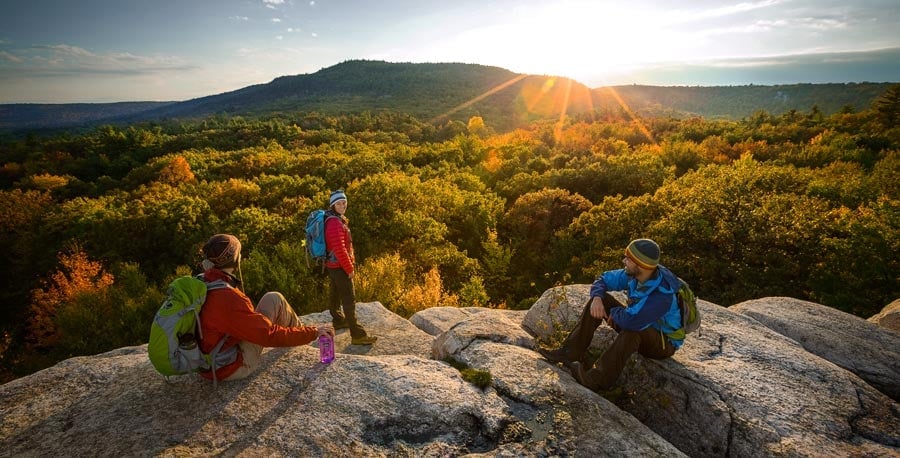
Fellow thru-hikers will become your family. You will be blown away at the depth of the connections you form. You may feel alone out there at times, but those on the trail are really a small, tight community. News—both good and bad—travels fast up and down the trail.
Trail angels—people who provide aid and comfort to thru-hikers out of the kindness of their hearts—are critical to hikers' successes. Angels help hikers in a variety of ways: giving rides, feeding them, giving them a place to stay, even doing their laundry. By making a modest donation to angels whose services you use, you show that you appreciate what they do and you help them provide services to all of the hikers who come after you.
Your Gear
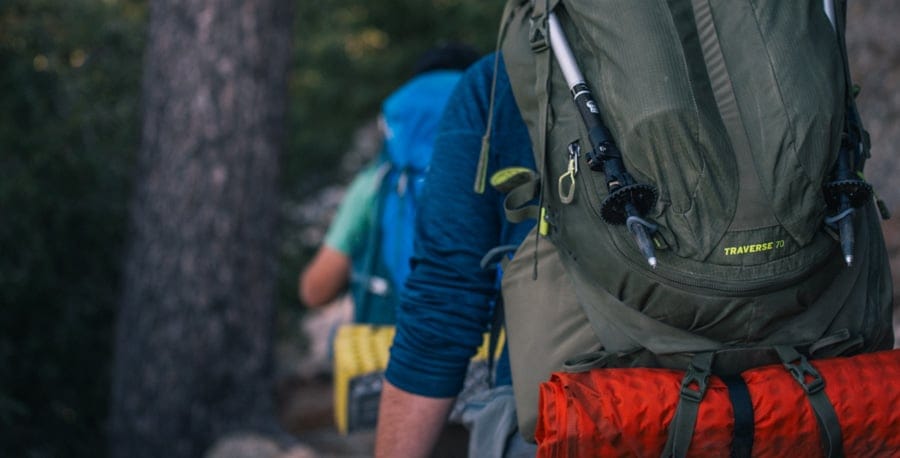
If you're already a backpacker, you probably have a lot of the things you'll need. Consider getting some different gear, as well as forgoing luxuries you can afford on overnighters, as you put together your personal gear list for a thru-hike:
- More lightweight gear will cut the amount of poundage that you'll be hauling for literally thousands of miles.
- More robust gear can stand up better to thousands of miles of wear and tear.
- Seasonal gear that you can swap out at key resupply stops along the way makes sense. Examples include cooler, lighter summer gear and clothing, as well as items like microspikes and a warmer sleeping bag for spring and fall.
- Footwear: Ultralighters thru-hike in trail runners; others insist on full-leather boots. Regardless of your choice, you'll go through more than one pair—several pairs if you take trail runners.
- Some people pre-buy multiple pairs of a boot they love. Because your feet are likely to change shape over the course of a hike, though, that can be risky. If you go with heavier boots, be sure to break in all pairs you buy before the trip.
Thru-Hiker Speak
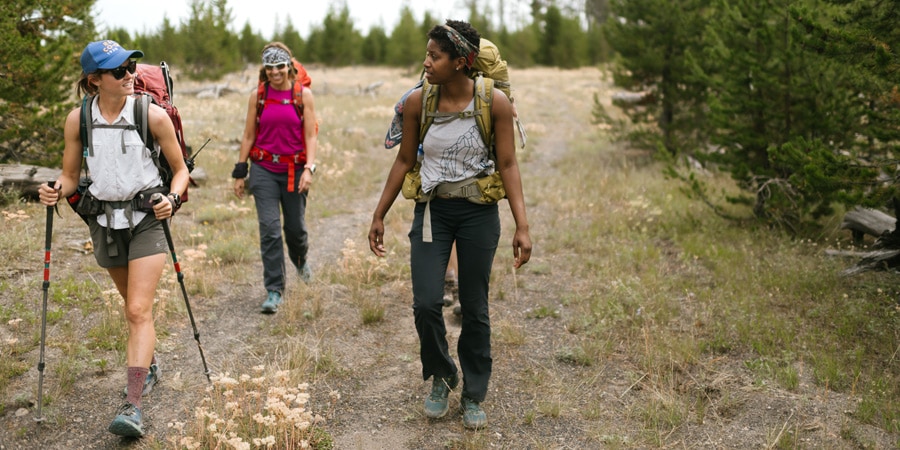
Like any close-knit community, thru-hikers have a language of their own. Here are some words and phrases you might hear:
- Hike Your Own Hike: Whether it's a cliché or a mantra, it's the notion that happiness comes from knowing thyself and planning and hiking accordingly; it also means hikers should respect the hiking style of other hikers.
- Bounce Box: A resupply box used to lighten your load; you ship gear that's not needed on one trail section ahead to another section where you will need it.
- Hiker Box: Communal boxes at resupply points where hikers can leave or take unwanted food and gear.
- Hiker Midnight: 9 p.m., the time when thru-hikers are usually asleep.
- Camel Up: Drink as much water as you can possibly hold in your stomach because it's a long way to the next water source.
- NOBO: Northbound
- SOBO: Southbound
- Slack Packing: Hiking with minimal gear, usually little more than food and water, while someone else transports the bulk of your gear ahead by car.
- Trail Magic: Unexpected help along your journey.
- White Blaze: The distinctive trail markers one sees on trees all along the A.T.
- Blue Blaze: Marks an alternative route or spur trail, often to water, along the A.T.
- Yellow Blazing: Frowned upon, this is skipping trail sections by catching a ride along connecting roads ("yellow blazes" are dashed lines on a roadway).
- Triple Crown: The feat of having completed a thru-hike of the Appalachian Trail, the Pacific Crest Trail and the Continental Divide Trail.
- Yoyo: Completing a thru-hike, then turning around and completing it in the opposite direction.
- Zero Day: Any day when you're not gaining mileage toward the end of the trail; often this is resupply day where you lay over in a nearby town.
- Nero Day: Nearly a zero day. One hikes just a few miles, often spending most of the day in a nearby town.
